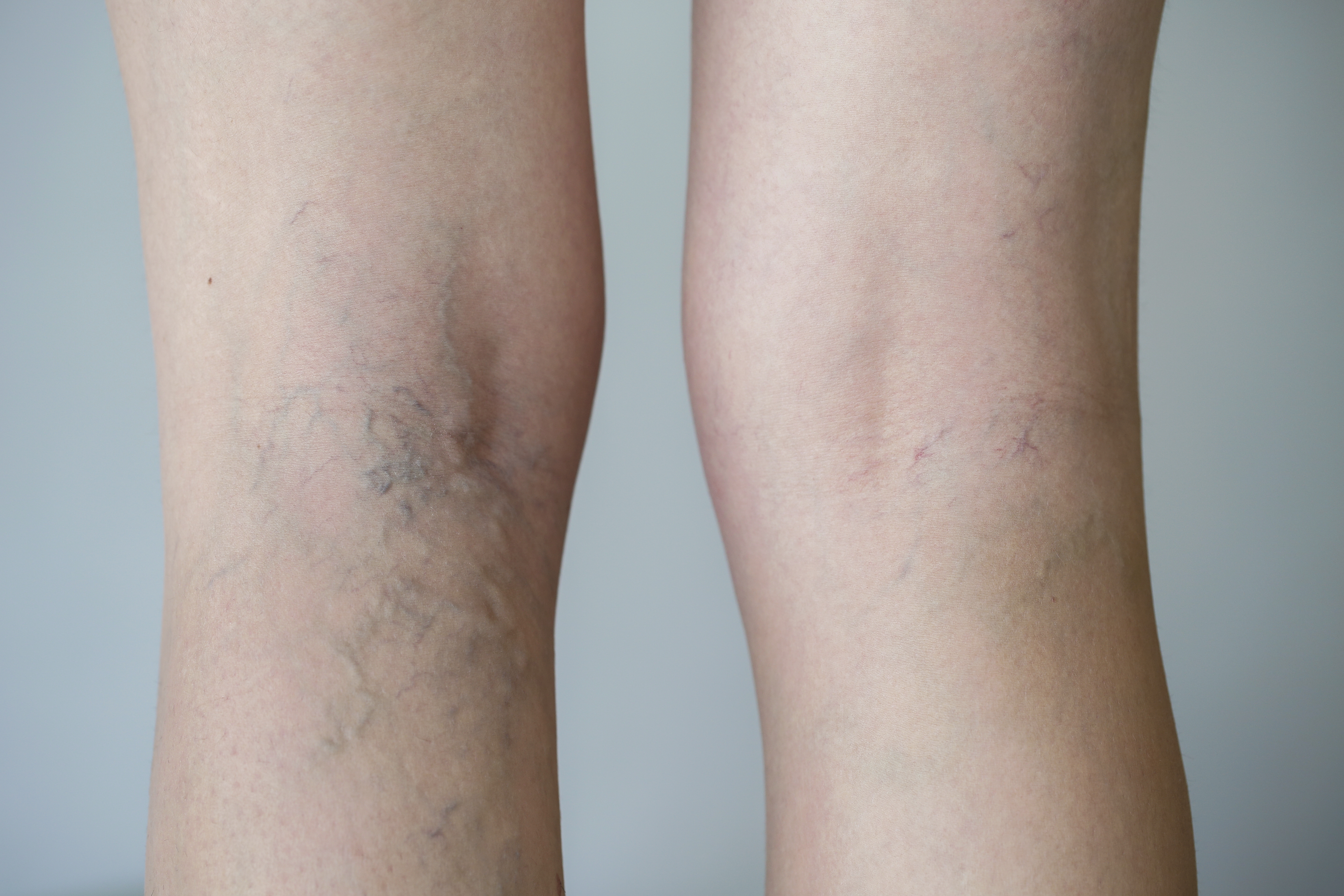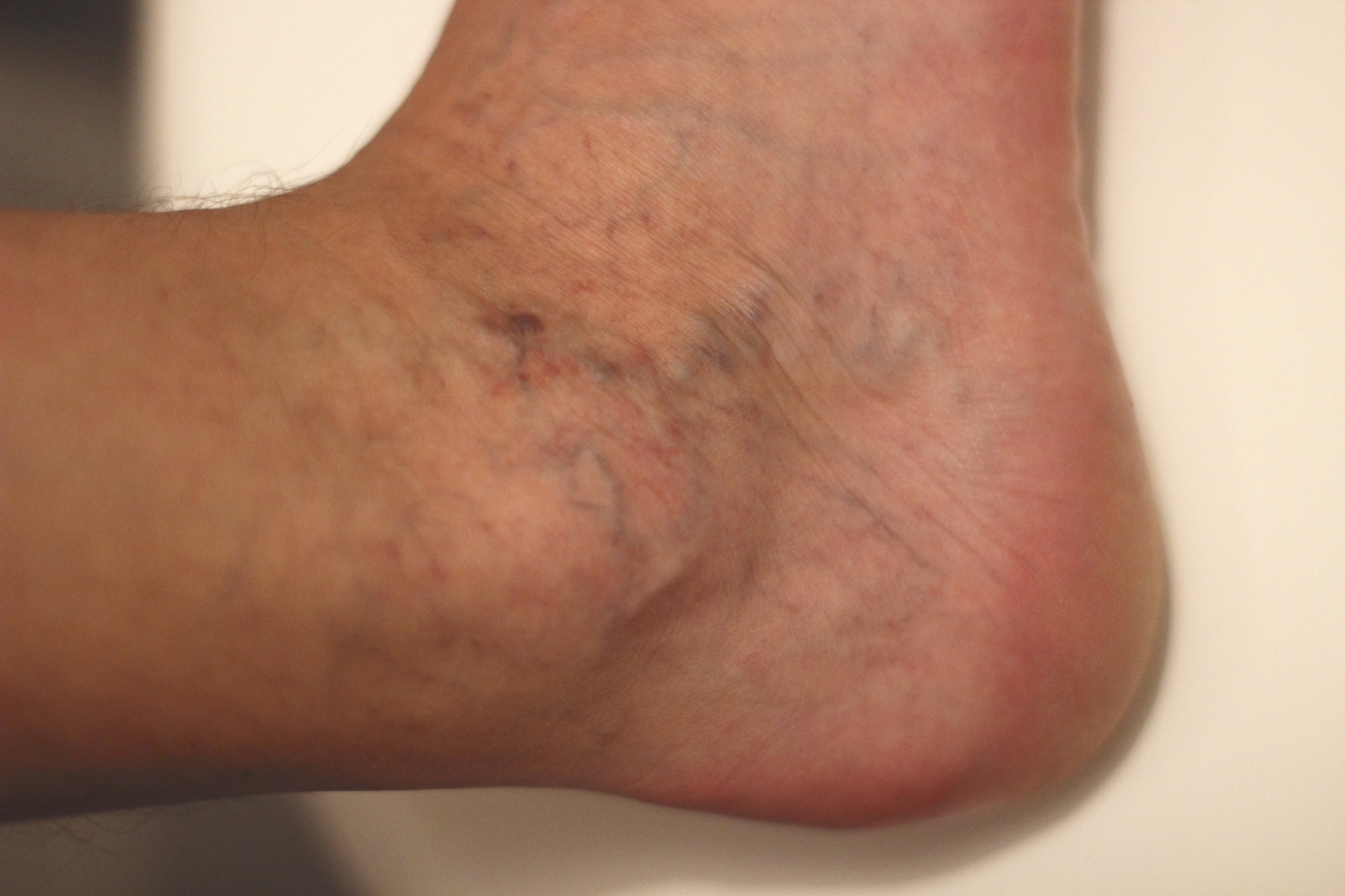Those who suffer from varicose or spider veins and have trawled the internet in search of a solution will probably have come across the term ‘sclerotherapy’. A medical procedure used to treat the issue, it is little known in wider circles yet highly effective.
Sclerotherapy works by injecting a chemical (known as a sclerosant) into the offending vein in order to obliterate it. This forms a clot that blocks blood circulation into the vein and thus provides both a cosmetic and medical fix.

Of course, this can sound rather dramatic, and a lot of people reading about it question whether or not it’s really safe. Here, we explain the procedure, what it entails, and whether it could be right for you…
What Causes Spider & Varicose Veins?
The role of veins within your body is to carry unoxygenated blood from the peripheral tissues back to your heart, and blood flow within them is driven by the contractions of this organ.
As part of their clever design, veins feature something known as ‘valves’, which prevent your blood from travelling in any direction except the one which will take it to its intended destination.
Sometimes, these valves become incompetent, and this leads to enlargement and bulging. In smaller veins, this manifests as spider veins; in other cases, varicose.
This can lead to problems, both cosmetically and medically. Although this is limited to unsightliness in the case of spider veins, it can be more serious with their varicose counterparts, which can predispose a person to a chronic condition known as venous insufficiency.
Is Sclerotherapy Safe?
For the reasons listed above, some turn to sclerotherapy to treat the problem. A low-risk and frequently performed procedure, it has been used to combat multiple cases over the years and is generally considered to be safe.
However, like any medical treatment, it can carry some potential side effects. These should be explained to you in detail before the procedure so that you are fully aware of them and confident in proceeding.

Does Sclerotherapy Hurt?
Hand in hand with questions of safety is another frequent query: does sclerotherapy hurt? The truth is that the procedure does cause discomfort and perhaps even mild pain – although this all depends on your individual pain threshold. This primarily stems from the introduction of the needle, although some sclerosants are said to be more uncomfortable than others.
Despite the minor discomfort caused, most choose to proceed with sclerotherapy. An effective treatment for spider and varicose veins, it is not overly painful and can help to avoid more serious medical issues such as venous insufficiency, making it a useful procedure for many.
To find out more about sclerotherapy in Birmingham, contact us to speak to our expert team today.

